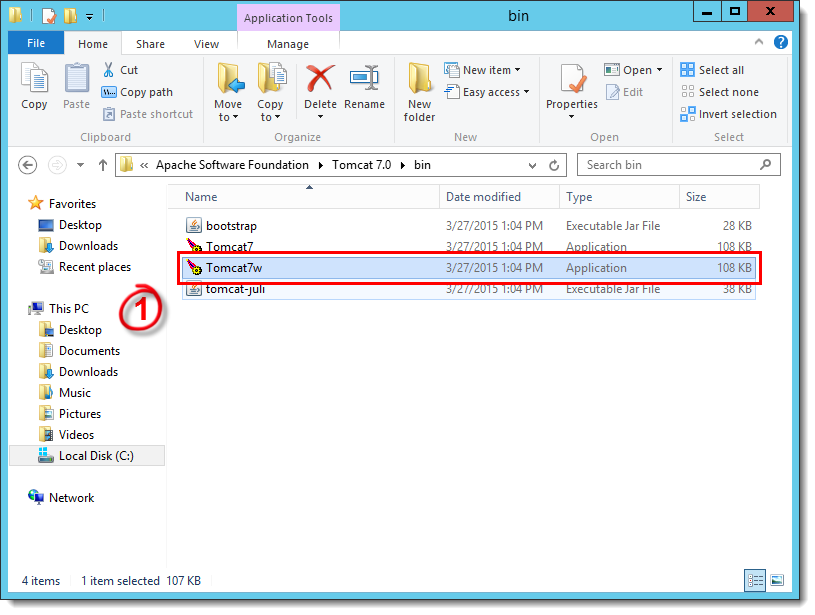
Java HotSpot(TM) Client VM (build 25.101-b13, mixed mode)


Java(TM) SE Runtime Environment (build 1.8.0_101-b13) # apt-key adv -keyserver -recv-keys EEA14886Īs I’m writing this, the newly installed Java Runtime reports its version as 1.8.0_101: java version "1.8.0_101" # echo "deb-src trusty main" > /etc/apt//webupd8team-java.list # echo "deb trusty main" > /etc/apt//webupd8team-java.list Once that is done, an java-installer will actually install the Java SE Runtime Environment. To install Oracle’s Java Runtime with apt-get, we first need to entend the list of apt-get’s sources. Install Oracle JRE 8 on Debian Linux (or Raspbian) So we start with installing a recent version of Oracle’s JRE. Please note that Apache Tomcat 8.0 requires a Java Standard Edition Runtime Environment (JRE) version 7 or later. Apache Tomcat is a Servlet/JSP container and version 8.0 implements the Servlet 3.1 and JavaServer Pages 2.3 specifications.


 0 kommentar(er)
0 kommentar(er)
